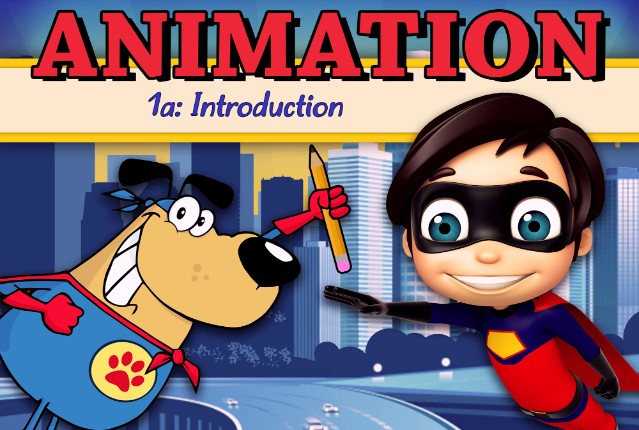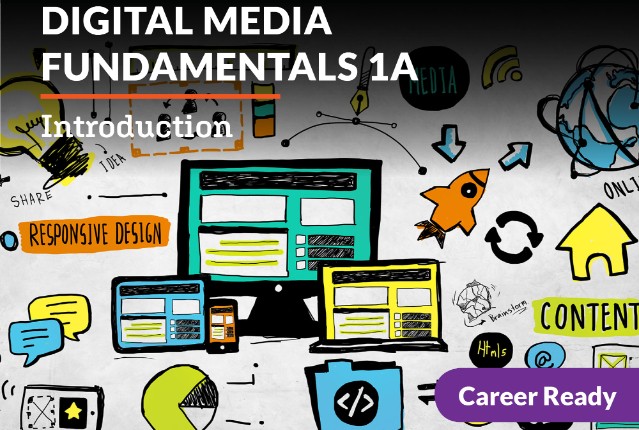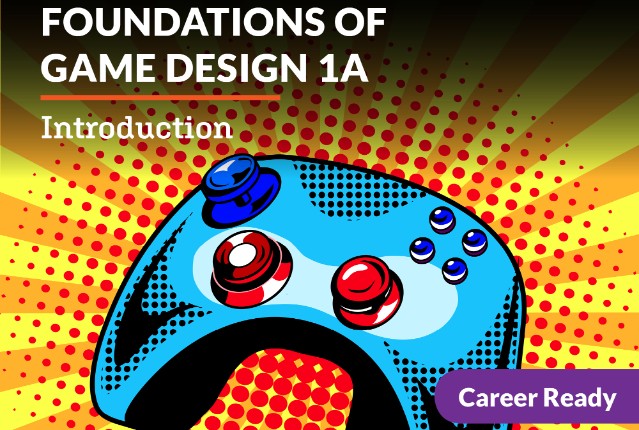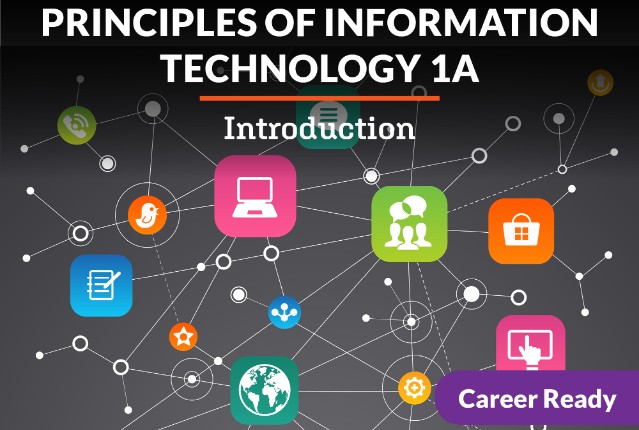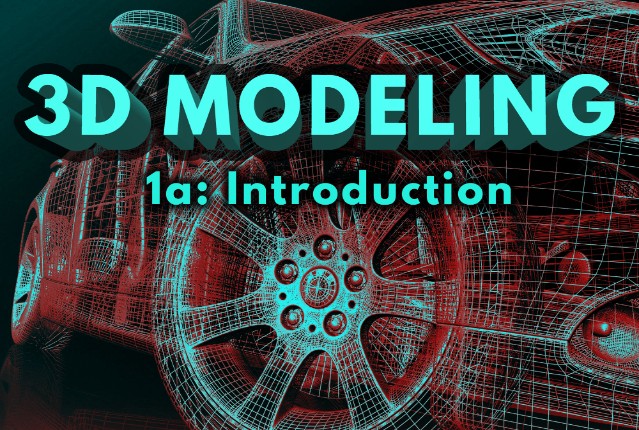
3D Modeling 1a: Introduction
Heart valves, cars, cartoons, and buildings may not seem to have much in common, but they all share one spectacular attribute: all originated as a 3D model. 3D modeling has changed the way the world makes things, and in this course, you’ll learn the basics to begin creating in 3D! You’ll learn how different 3D models are built and how to practice using a variety of modeling methods. By the end of the course, you’ll walk away with a portfolio of your ingenious modeling ideas. 3D modeling is an essential part of the modern world and soon, you’ll be able to contribute yourself!
Review course outlineAccess for a year
USD 299.00*
* Choose more courses to get a discount
